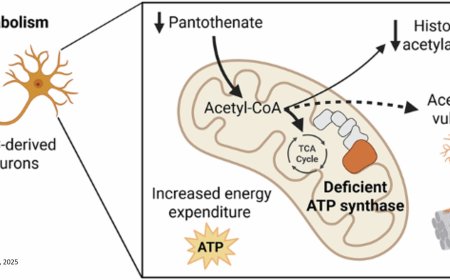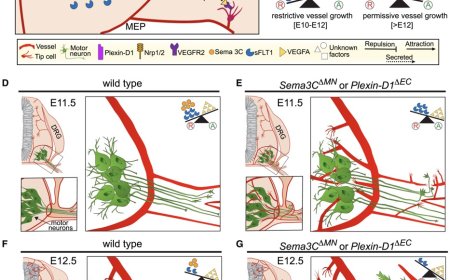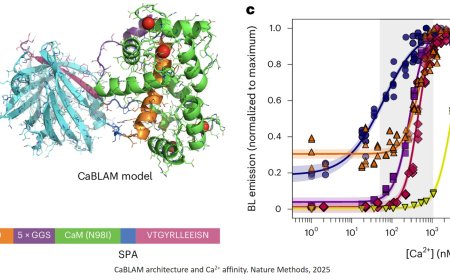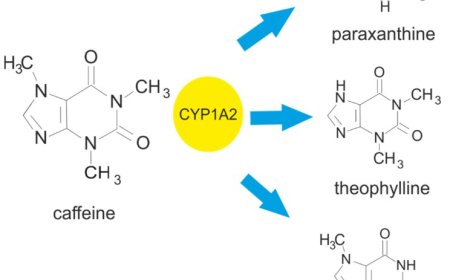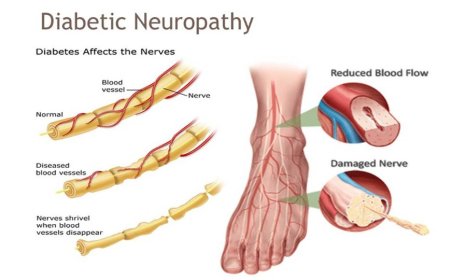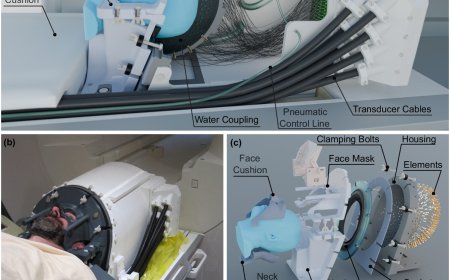Delivering large gene to treat muscular dystrophies
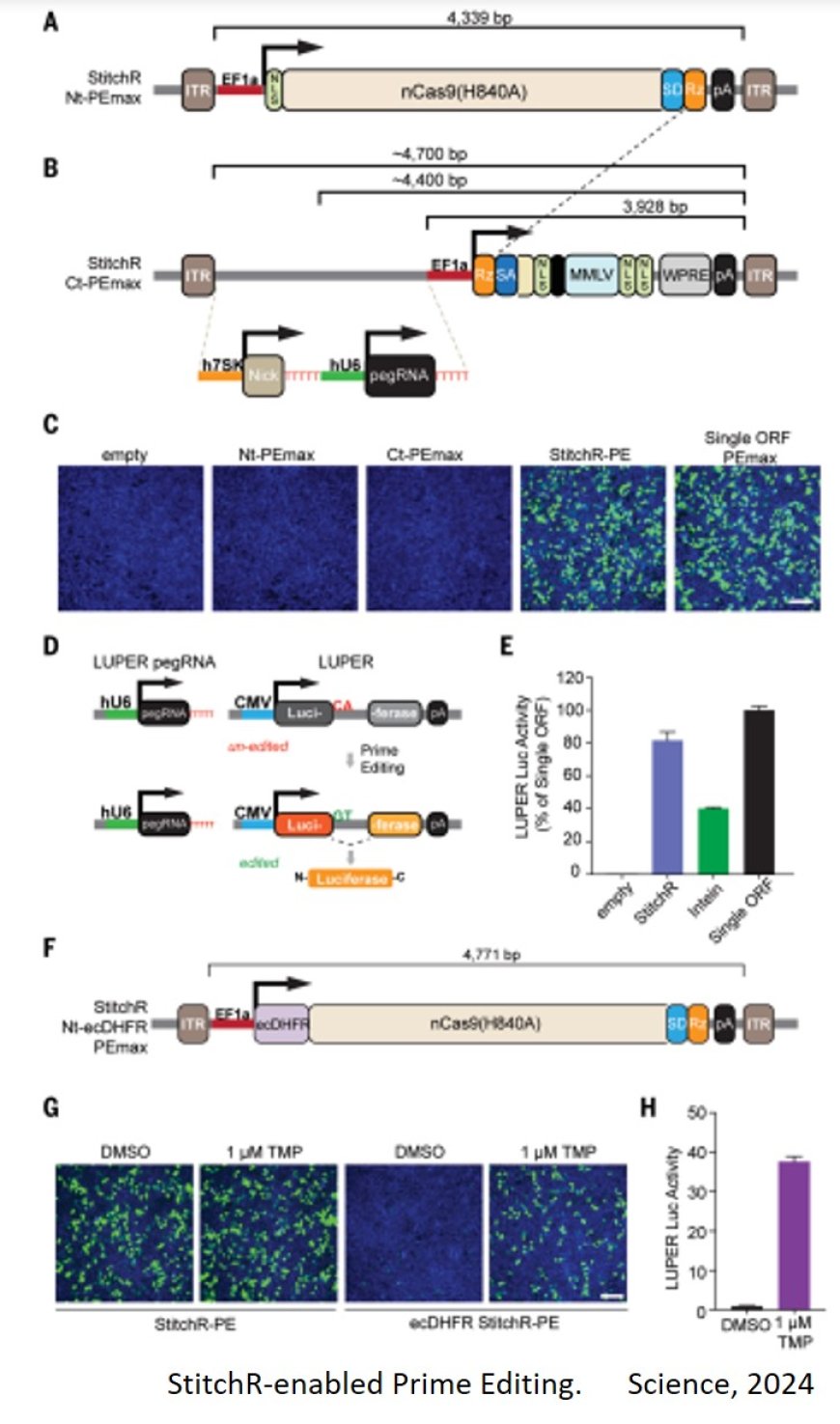
Duchenne muscular dystrophy is the most common early onset form of muscular dystrophy; many boys become wheelchair bound in their teens and die in their twenties. People with limb girdle muscular dystrophy experience weakness and wasting in the shoulder, hip, and thigh muscles, and often have difficulty standing, moving, and doing everyday tasks.
“Gene therapy is a powerful tool for delivering a healthy gene copy back to a patient’s cells to correct genetic diseases, but the vectors used to deliver this information are small, which has so far precluded their use for treating a whole host of diseases caused by mutations in large genes,” said the lead study author. “Instead of delivering the full gene in a single vector, which isn’t possible, we’ve developed an efficient dual vector system where two halves of a gene are delivered separately but come together to reconstitute the large mRNA in the affected tissues.”
The technology first arose from a serendipitous observation made in the lab several years ago, that when two separate mRNAs were cut by small RNA sequences called ribozymes, they became seamlessly ligated (joined) and translated into full-length protein. The team found that when ribozymes cleave or cut RNA, they leave ends that are recognized by a natural repair pathway.
“Similar to when CRISPR enzymes are used to cut DNA, the CRISPR enzymes are just the scissors, and it’s a cell’s natural repair enzymes that glue the DNA back together,” noted the author. “We think something similar is happening here, but for RNA. The ribozymes are acting as the scissors and the cell’s natural repair pathways are able to join the two RNAs back together. It’s remarkable that two separate mRNAs are able to find themselves and that the process can be so efficient.”
The lab optimized efficiency of the process (over 900-fold from their initial experiments) and adapted the technology into a powerful gene delivery mechanism. When two halves of a large therapeutic gene are encoded into adeno-associated virus (AAV) vectors, which are the most commonly used vectors for gene therapy because they are safe and don’t cause disease in humans, the ribozymes cut the ends of the mRNAs and they subsequently join, forming a single, seamless mRNA capable of producing protein in a desired tissue.
The research team found that the stitched mRNAs appear to behave essentially the same way as their natural full-length counterparts, effectively translating genetic information into functional proteins.
Self-cleaving ribozymes, which are essential for StitchR activity, are found naturally throughout the animal kingdom and are comprised of different families, which exhibit different cleavage activities. After testing numerous ribozyme families and sequences, they ultimately identified a formula that led to a high level of protein production and approached the levels achieved by genes expressed from just a single vector.
According to the authors, StitchR can be coupled with many different types of vectors that are used to deliver or express a gene in cells and that it appears to work efficiently with any mRNA sequence, opening the door for its use in a wide range of diseases and applications. “StitchR is really plug and play at this point. The sequence requirements for StitchR are minimal, and we’ve now tested this with many different genes and sequences,” the author said.
Another feature of this technology is that only the full-length protein is produced.
“Other dual vector approaches have been in development for decades but have been plagued by lack of efficiency and the production of less than full-length products. Because StitchR occurs at the level of RNA, we can control and ensure that only the full-length protein product gets made. This differentiates StitchR from other dual vector technologies, for example inteins, a protein-ligation technology, which can be efficient but requires the expression of smaller protein fragments that may have unknown effects in a cell,” added the author.
“It’s been a long but fulfilling process to go from an initial research observation to a therapeutic application, but that’s always been a major goal of our lab, and I think the promise of basic research. With StitchR and other tools we are working towards treatments for some of the most debilitating genetic diseases on the planet, many of which have no current treatments or cures,” said the author.
The lab is now in the process of forming collaborations with other research labs and generating StitchR vectors to treat numerous diseases caused by large genes, of which there are thousands.
